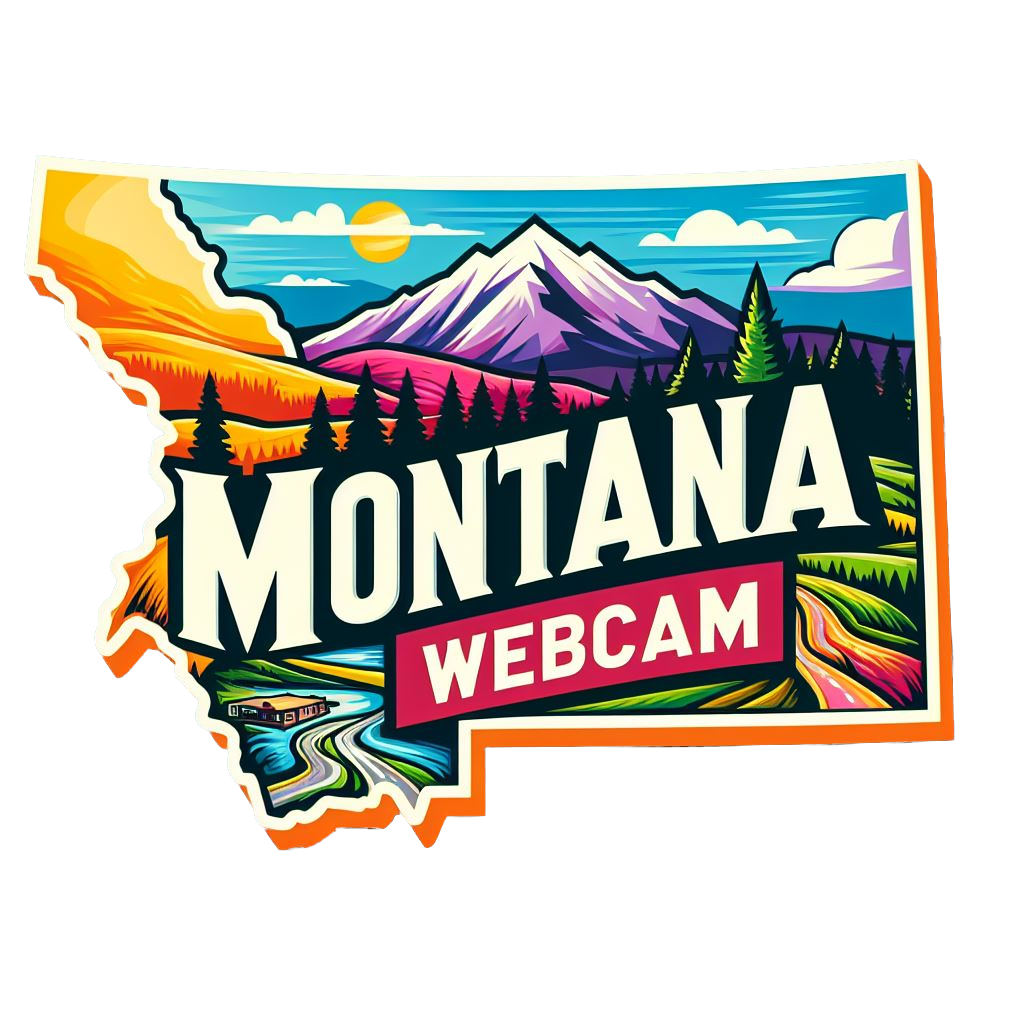Hamilton, MT Weather Cams
Bitterroot Valley Cam

Ravalli County Airport FAA Webcam
Hamilton, Montana: A Valley of History and Heritage
Hamilton, MT Weather Cams. Nestled in the picturesque Bitterroot Valley of western Montana, Hamilton is a town steeped in history and natural beauty. From its early days as a trading post to its role as a thriving community in the heart of the Rocky Mountains, Hamilton has played a central role in the development of the region. Its story is one of resilience, innovation, and the enduring spirit of the pioneers who settled the valley.
Native American Presence
Long before the arrival of European settlers, the Bitterroot Valley was home to indigenous peoples, including the Salish, Pend d’Oreille, and Nez Perce tribes. These tribes lived in harmony with the land, relying on the valley’s abundant natural resources for food, shelter, and spiritual sustenance.
For the Native Americans, the Bitterroot Valley was a place of great significance, with its fertile soil, clear waters, and towering mountains providing everything they needed to thrive. The valley was named after the bitterroot plant, a staple food source for the indigenous peoples, which grows abundantly in the area.
European Exploration and Settlement
The first recorded European exploration of the Bitterroot Valley occurred in the early 19th century, as fur traders and trappers ventured into the region in search of valuable pelts. The Lewis and Clark Expedition, which passed through the valley in 1805, documented the rich natural beauty and resources of the area, paving the way for future settlement.
The establishment of Fort Owen in 1850 marked the beginning of permanent European settlement in the Bitterroot Valley. The fort, built by the Hudson’s Bay Company, served as a trading post and supply depot for fur trappers, miners, and homesteaders venturing into the rugged wilderness of western Montana.
Founding of Hamilton
The town of Hamilton traces its origins to the arrival of Marcus Daly, a wealthy copper magnate and industrialist, in the late 19th century. Daly, recognizing the potential of the Bitterroot Valley for agriculture and ranching, purchased a large tract of land in the valley and founded the town of Hamilton in 1890.
Daly named the town in honor of James Hamilton, a Scottish immigrant who had served as his mentor and advisor. He envisioned Hamilton as a model community, with tree-lined streets, spacious parks, and elegant homes for its residents. Daly also invested in infrastructure projects, including irrigation canals and electric power plants, to support the town’s growth and development.
Agricultural Boom
The late 19th and early 20th centuries saw a boom in agriculture in the Bitterroot Valley, fueled by the fertile soil, temperate climate, and abundant water supply. Farmers and ranchers flocked to the valley, attracted by the promise of rich farmland and the opportunity to build a new life on the frontier.
The introduction of irrigation technology, such as the Bitterroot Valley Irrigation Project, further enhanced the productivity of the valley’s agricultural land. Crops such as apples, cherries, and potatoes thrived in the valley’s orchards and fields, earning Hamilton the nickname “The Garden City.”
Role in the Timber Industry
In addition to agriculture, the timber industry played a significant role in the economy of Hamilton and the surrounding area. The dense forests of the Bitterroot Mountains provided an abundant supply of timber for logging and sawmilling operations, which became major employers in the region.
The Hamilton Lumber Company, founded in 1900, was one of the largest timber companies in Montana, operating sawmills and logging camps throughout the Bitterroot Valley. The company played a central role in the development of Hamilton’s economy, providing jobs and economic opportunities for local residents.
Community Growth and Development
Throughout the 20th century, Hamilton continued to grow and develop, attracting new residents, businesses, and industries to the valley. The construction of Highway 93, which passes through Hamilton, improved access to the town and facilitated trade and commerce with neighboring communities.
Hamilton also became a center of education and culture in the Bitterroot Valley, with the establishment of schools, libraries, and cultural institutions. The Daly Mansion, the former home of Marcus Daly, is now a museum and historic landmark, offering visitors a glimpse into the town’s rich history and heritage.
Outdoor Recreation
Today, Hamilton is a popular destination for outdoor enthusiasts, with its proximity to the Bitterroot Mountains offering a wealth of recreational opportunities. The Bitterroot National Forest, which surrounds the town, provides miles of hiking, biking, and horseback riding trails, as well as camping and fishing spots.
The nearby Bitterroot River is renowned for its excellent fly fishing, with anglers from across the country flocking to its clear waters in search of trout and other game fish. The valley’s scenic beauty, abundant wildlife, and outdoor recreation opportunities make it a haven for nature lovers and adventure seekers alike.
Conclusion
Hamilton, Montana, is more than just a town; it is a vibrant community with a rich history and a bright future. From its humble beginnings as a trading post to its role as a thriving center of commerce and culture in the Bitterroot Valley, Hamilton has remained true to its pioneering spirit and frontier heritage.
As the town continues to evolve and grow, it remains committed to preserving its history and embracing new opportunities for growth and development. With its stunning natural beauty, friendly atmosphere, and strong sense of community, Hamilton is a place where the past meets the present, and the spirit of the West lives on.
For more information, visit the official Hamilton, MT website.
